Raju Bharti, the man who single-handedly saved Himachal Pradesh’s Tirthan river from ruin, runs a cozy homestay with postcard-perfect views of the Kullu valley.
◊ By Dr Supriya Mahajan Sardana, MD
“Each river has its own song, its own delight and mischief.” –
J. Krishnamurthy
The ardent nature lover and philosopher, Krishnamurthyji, also wrote that not even the factories and dams could stop a river’s ceaseless merriment (referring to the Ganges), perhaps because things were not so bad at the time.
In the present day though, it wouldn’t be an exaggeration to add this corollary: “Each river has its own song..unless muffled by too many hydroelectric projects or smothered by plastic waste in the wake of so called development.”
We are all too familiar with the saddening images of rivers and streams carrying tonnes of plastic waste as they flow towards the ocean. Disastrous, over ambitious hydroelectric (HE) projects have become an ominous rule than an exception. Yet, all is not lost!
RAJU BHARTI—THE MAN WHO SINGLE-HANDEDLY SAVED THE RIVER TIRTHAN FROM UTTER RUIN
I’ve had the good fortune to behold two such rare glorious exceptions amongst Indian rivers, which escaped the aforesaid fate due to love, sheer grit and determination of the locals. One of them is the Rhong’yong in Dzongu, North Sikkim, a tributary of the Teesta river.
For the native Lepchas, the indigenous people of Sikkim, saving their sacred river, which originates from their sacred mountain, Kangchenjunga, had become a People’s Movement backed by the whole tribe. The struggle has been well documented in the media.
The second river, Tirthan, a tributary of the river Beas in Himachal Pradesh, on the other hand, owes its freedom to the perseverance of one man—Raju Bharti—and the handful of people who stood by him.
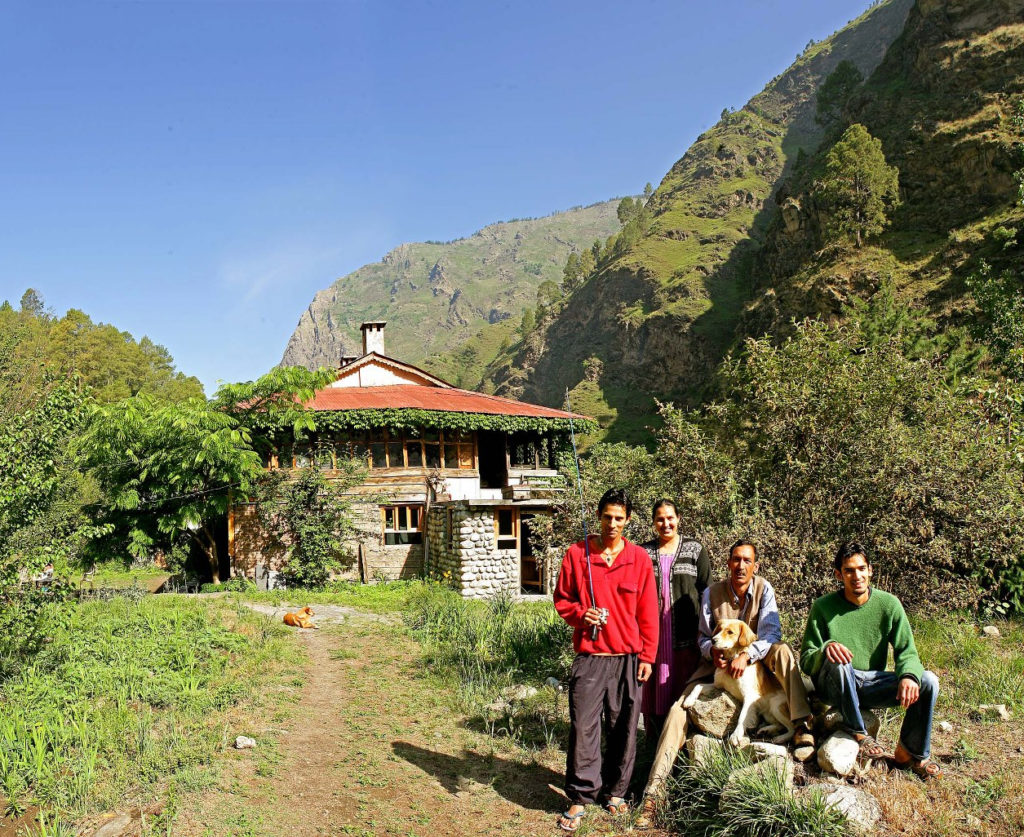
Raju Bharti (centre) with his family.
At the beginning of the millennium, when HE projects were proposed and approved for Tirthan and its tributaries, Bharti was already immersed in the field of fish and wildlife conservation and was an active member of SAHARA (Society for Scientific Advancement of Hill and Rural Areas).
Time and again, scientists have shown that the impact of dams on water bodies is more severe than imagined earlier. Both abiotic factors like chemical composition, current and riverbed substrate and biotic factors comprising the number, size and diversity of all important animal and plant groups, on both sides of the dams undergo dramatic change.
Due to this phenomenon called ‘serial discontinuity’, species diversity in the upstream area of a dam witnesses significant decline of up to 25% to 50% compared with downstream areas.
Brown Trout is a demanding fish species, which requires oxygen-rich water and spawns in coarse gravel areas. As a resident of the upper reaches of rivers, it is unable to find a suitable habitat in dammed areas unlike stagnant water fish species.
The ecological impoverishment of rivers is particularly alarming when series of dams prevent the sufficient interlinking of different habitat types. The main cause for decline is not just the physical barrier posed by the dam to migrating fish, rather it is the significant change in the chemical and physical characteristics of the river such as the oxygen content, water temperature and sediment.
Armed with the above information, Bharti filed a court case against building of a new hydroelectric power project in Palchan Khad in Tirthan Valley, Himachal Pradesh.
After a long drawn-out court battle of more than 5 years, Bharti’s efforts bore fruit, although he prefers to say it was the trout that saved the river!
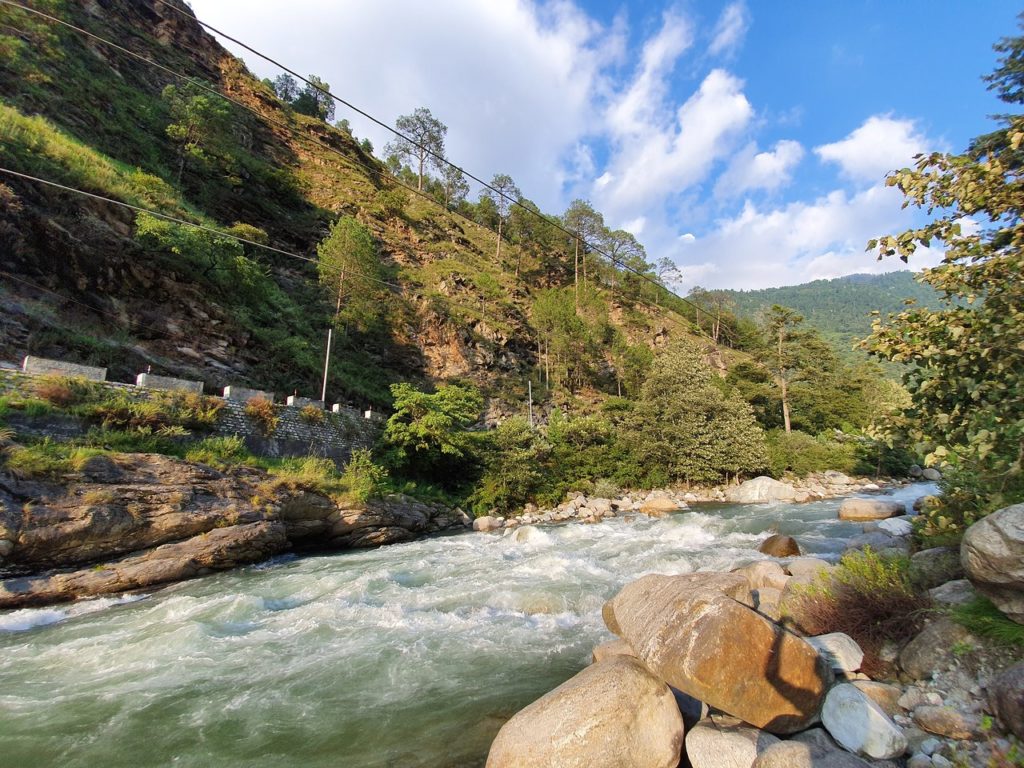
Each river has its own song and Tirthan’s is that of freedom. Photo by Subhankar Sinha / TripAdvisor
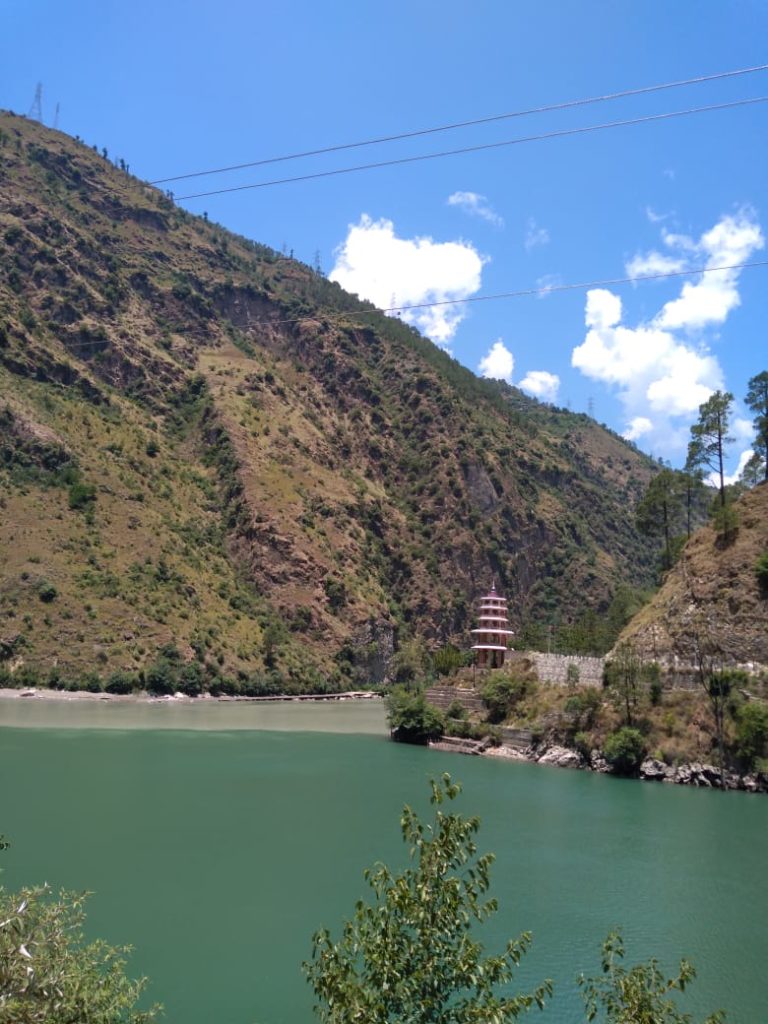
The scenic confluence of clean green waters of the Tirthan and Beas rivers at Larji. Photo by Dr Supriya Mahajan Sardana, MD
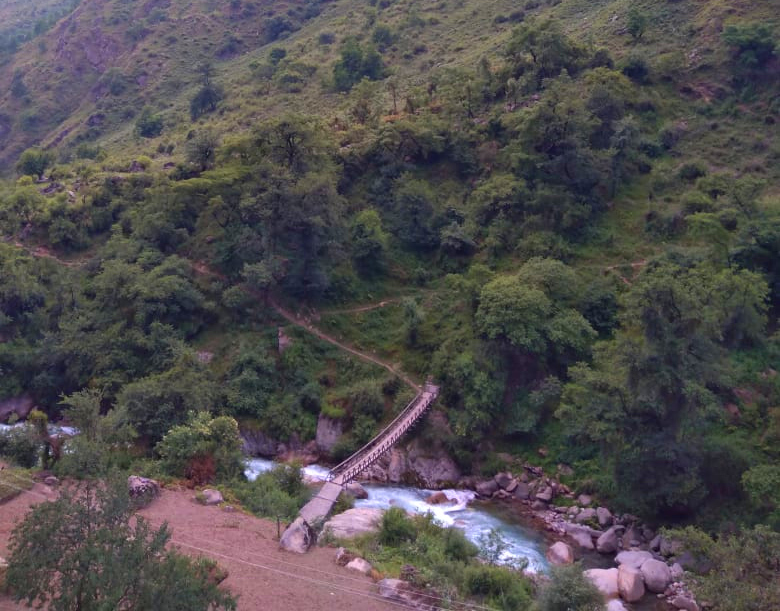
The river Tirthan originates from and traverses the protected Great Himalayan National Park before it enters Gushaini. Photo by Dr Supriya Mahajan Sardana, MD
I quote the momentous decision announced on 23rd June, 2006, at the Himachal Pradesh High Court in Shimla, verbatim: “Keeping in view the govt of Himachal Pradesh’s commitment to preserve, protect Himalayan ecology, environment and respecting the sentiments of local communities, their traditions, values, culture and to save the serene Tirthan river, and above all, the trout fish and habitat of the critically endangered Western Tragopan and Cheer Pheasant and Musk Deer and rare biodiversity of the Tirthan valley, it is decided not to allow to take up any project on Tirthan.”
And, hence, the Tirthan continues to flow splendidly, full of life and beauty.
With Tirthan’s survival, the valley and its people were also saved from the onslaught of unregulated construction in the area. As the river flows, the glacial hush it brings along leads to a denser green cover and cooler temperatures along its banks.
Bharti expects these are certain desirable and necessary natural phenomena which the people of the neighbouring Sainj Valley—after having fallen prey to the lure of HPPCL’s (Himachal Pradesh Power Corporation Limited’s) projects—would be bereft of in years to come. In fact, already, the hitherto clear air, is now pregnant with fine dust raked up by ongoing construction and ‘development activities’ in the valley.
RAJU BHARTI’S GUEST HOUSE
In the words of the American philosopher, Henry David Thoreau, “What is the use of a house if you haven’t got a tolerable planet to put it on?”
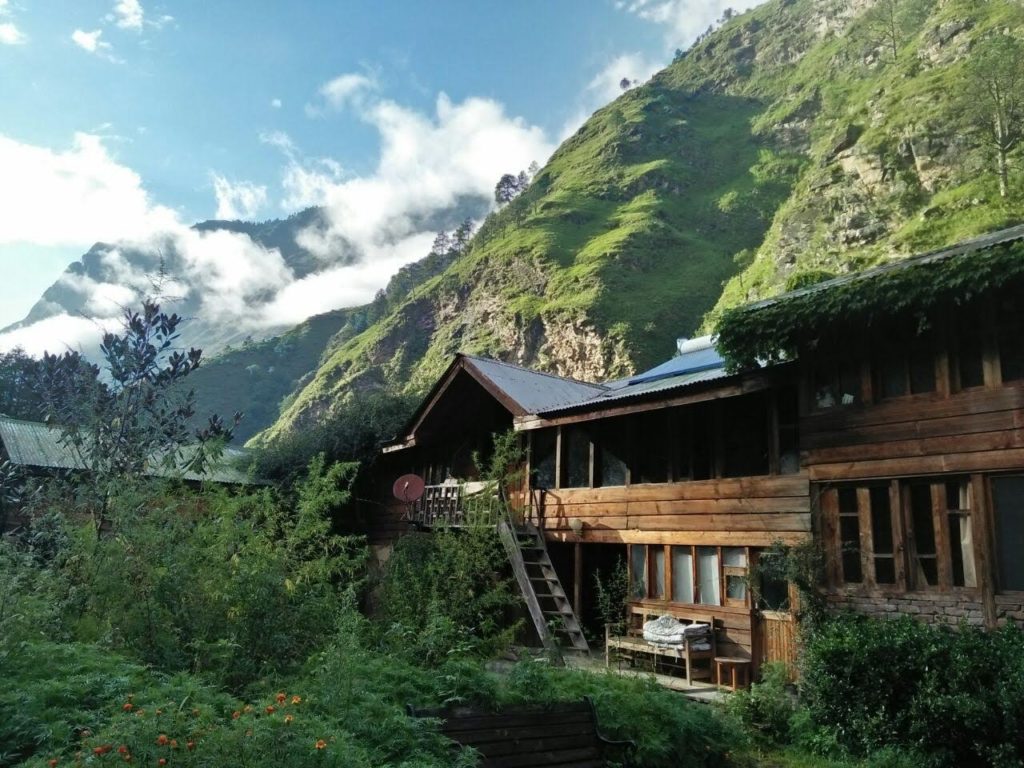
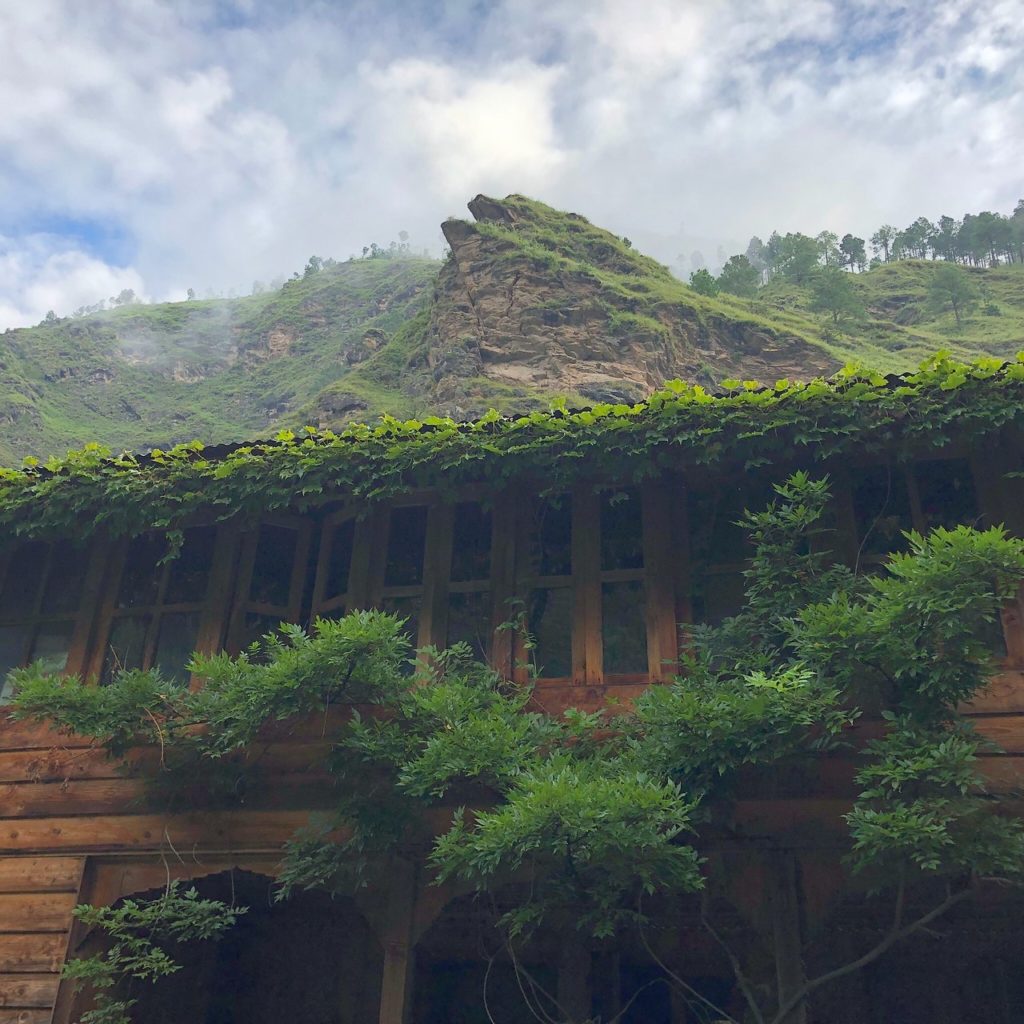
Photo by swatialamsharma / TripAdvisor
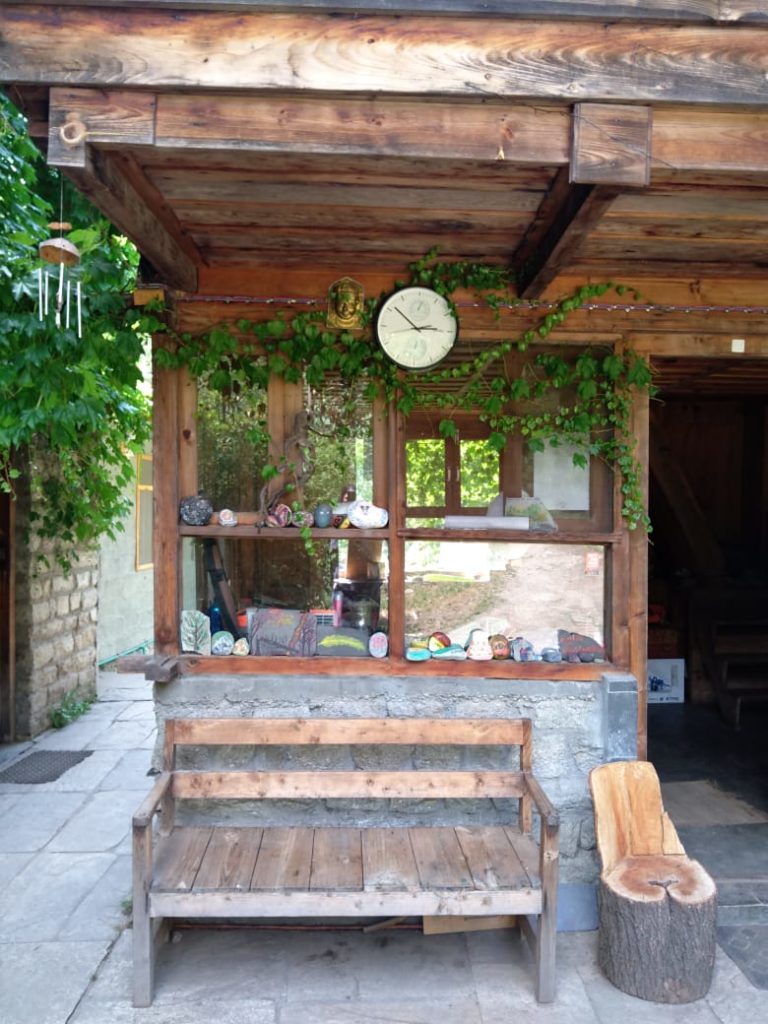
Photo by Dr Supriya Mahajan Sardana, MD
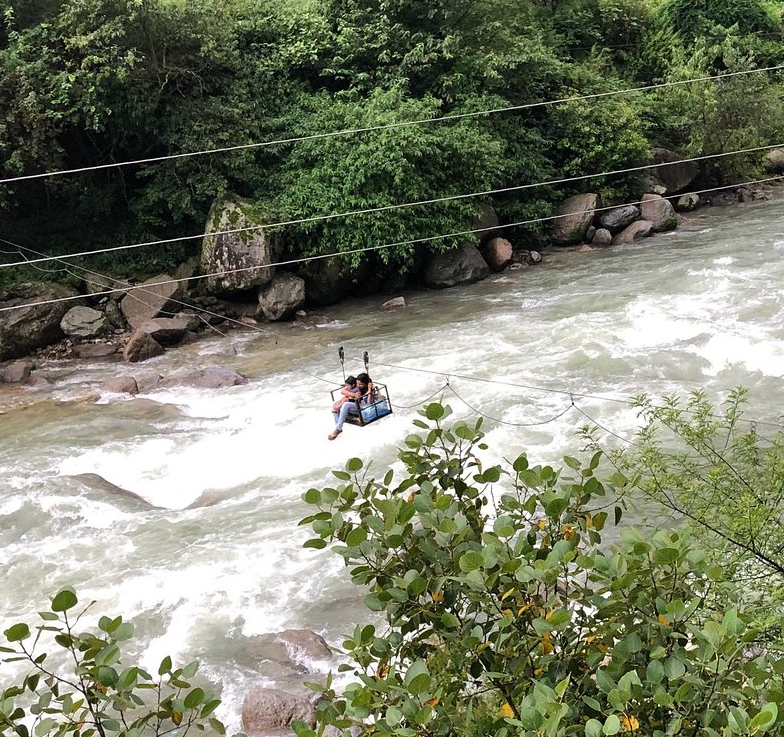
Photo by swatialamsharma / TripAdvisor
The Bharti household seems to believe in this firmly as is evident from their operation of Raju Bharti’s Guest House. They carry on with their lives, business and mundane affairs while not forgetting that one has to care for the planet and other beings on it. A lot has been written about their hospitality and all the praise is truly deserved.
The lady of the house is at the helm of culinary affairs and their kitchen dishes out fresh, mouth watering, home cooked meals. Wet waste and leftovers are fed to the cattle and other animals. No disposables or packaged plastic water bottles are used here. The recyclables in the dry waste are segregated and the non recyclable plastics are sent to the local cement factory.
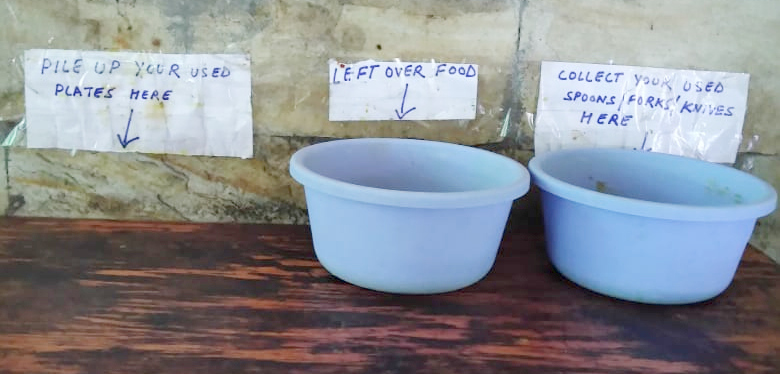
Wet waste and leftovers are fed to the cattle and other animals. No disposables or packaged plastic water bottles are used here. The recyclables in the dry waste are segregated and the non recyclable plastics are sent to the local cement factory. Photo by Dr Supriya Mahajan Sardana, MD
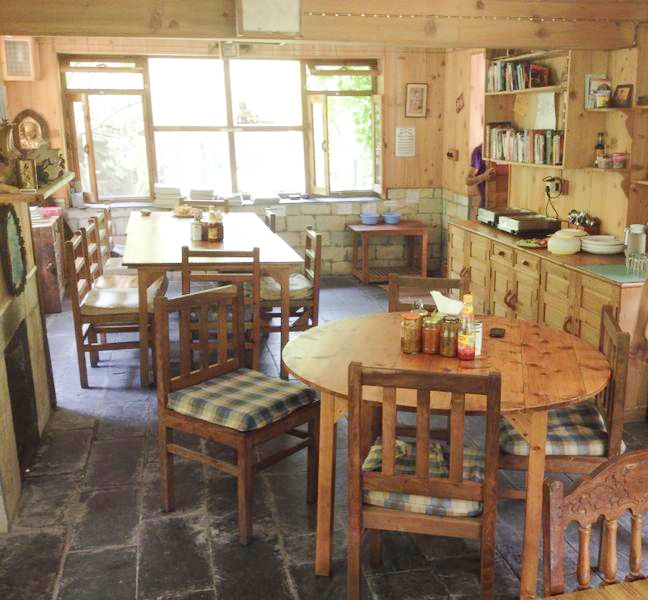
Photo source: Leena C/TripAdvisor
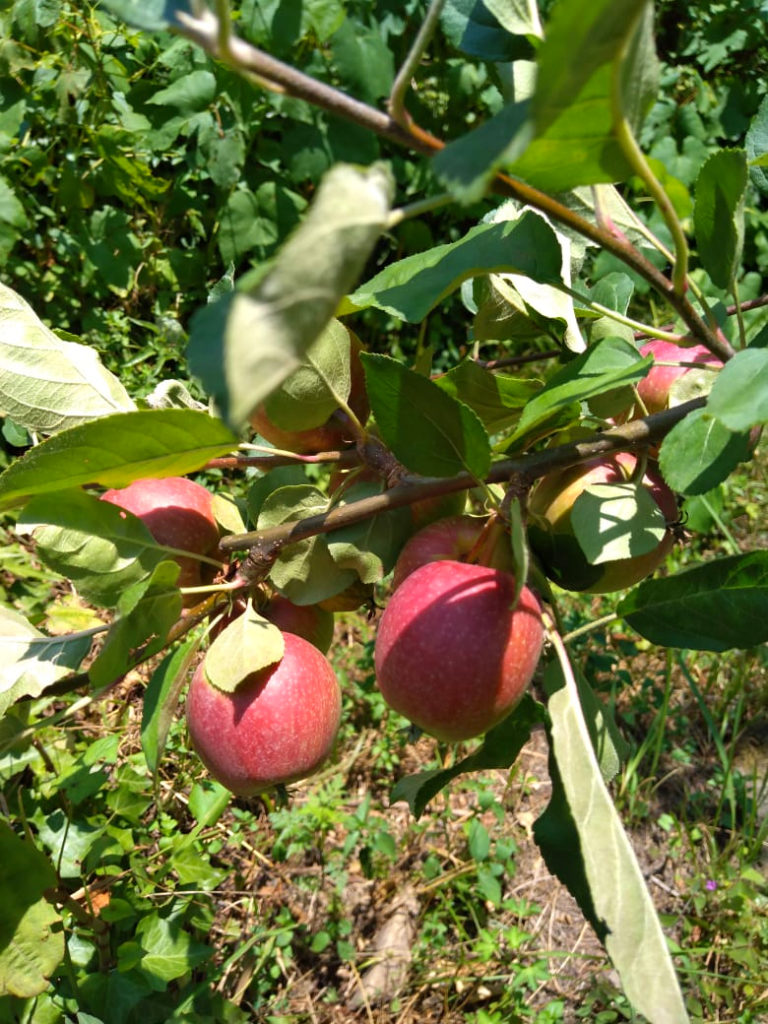
Although not entirely organic, the Bhartis’ apple, plum and pear orchards receive minimal fungicidal spraying once a year. Photo by Dr Supriya Mahajan Sardana, MD
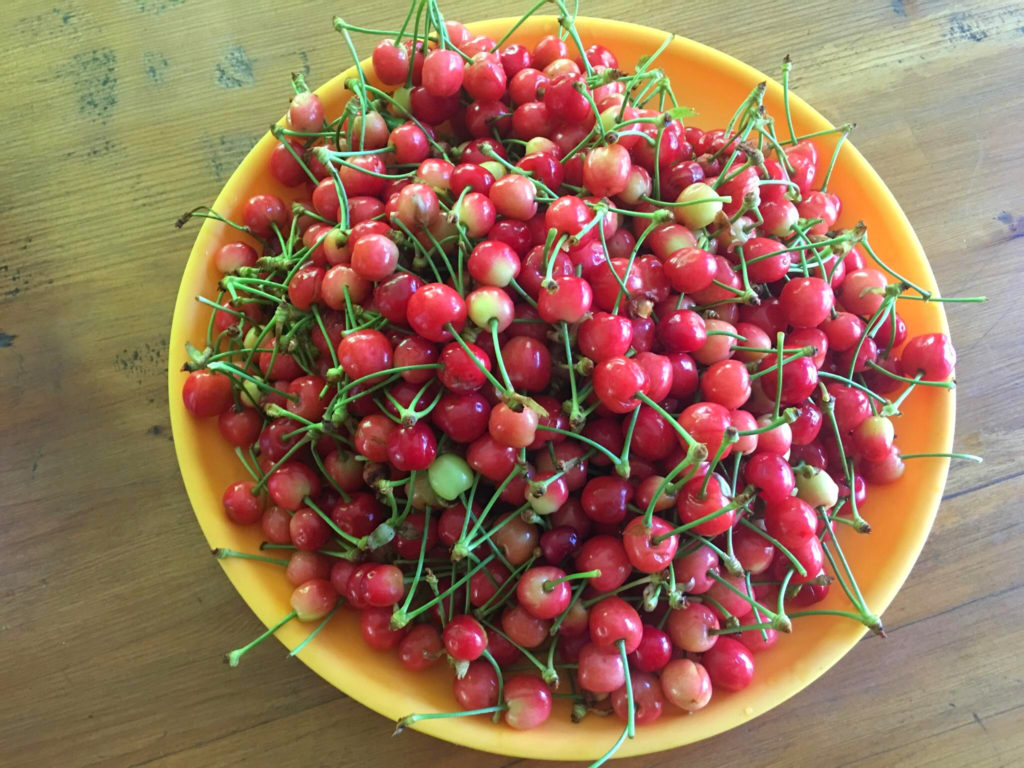
Photo by Karishma D / TripAdvisor
Although not fully organic, their apple, plum and pear orchards receive minimal fungicidal spraying once a year.
THE APPLE DOESN’T FALL FAR FROM THE TREE
The Bhartis’ zero waste lifestyle is a combination of traditional hill wisdom and the efforts of Bharti’s ecologically-conscious sons, Karan and Varun Bharti.
Together, they lead the local youth and run the Tirthan Conservation and Tourism Development Association. The sphere of their green activities includes planting oak, walnuts, cedars, wild apricots, and pajo (a local tree) whose root systems ensure the flow of natural spring water, as well as, minimal soil erosion during rains.
They are committed to maintaining the cleanliness of Tirthan, the conservation of wildlife and trout fish and educating people associated with tourism about waste segregation.
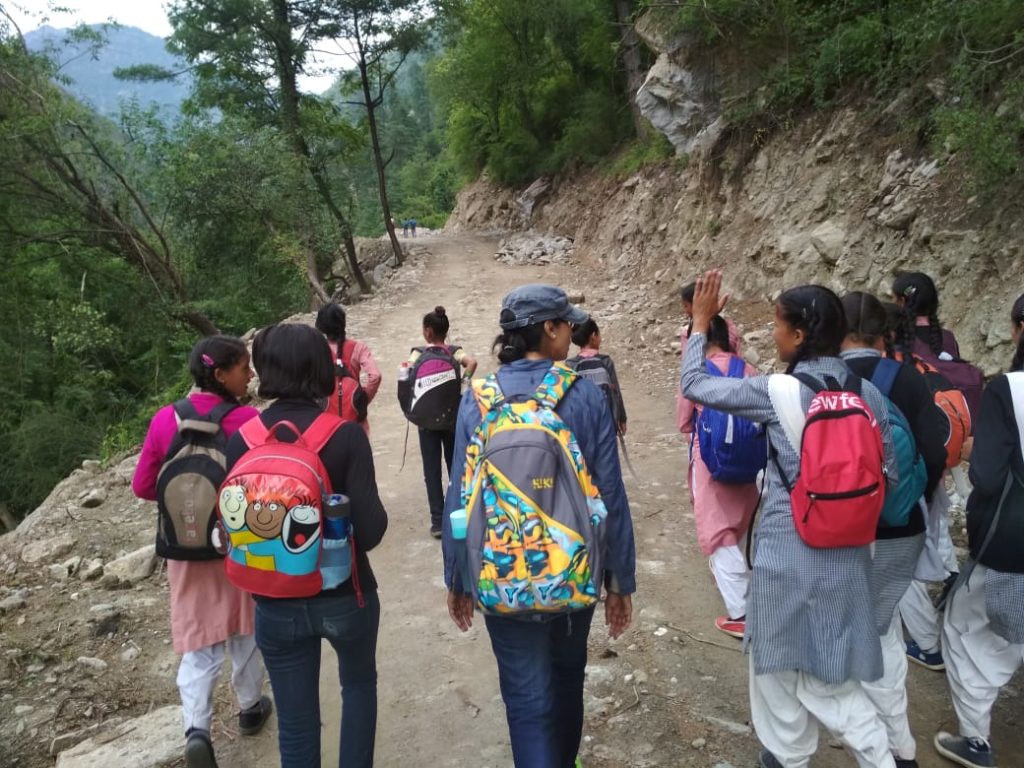
Plekking (trekking while picking up plastic) with local school children at Great Himalayan National Park. Photo by Dr Supriya Mahajan Sardana, MD
Recently, they have amped up their efforts to reduce the use of single use plastic in the area.
THE HOLLOW HYDRO DREAM
Rivers cannot be divided nor can they be possessed by anyone.
As per reports, policy makers in the state are busy selling the hydro dream while transferring the risks to ordinary people as has become very apparent from the grave threat to life and property from HPPCL’s ill-maintained dams on the Sainj river. Seismically fragile landscapes, severe leaks and cracks, political turmoil—such hazards have become synonymous with hydropower projects across the country.
The fate of a country is intertwined with that of its rivers, which are the miracle of life itself, the harbingers of prosperity.
India is vulnerable to natural resource constraints and natural disasters. Although the Ganga is the only Indian river to have been declared a living entity, all rivers deserve to be loved and protected in the same manner.
We cannot continue to pollute and destroy riverine ecosystems if we want to ensure food, water and climate security. From the changing courses of rivers to extreme weather events such as floods and droughts, the impact of climate change would not respect political boundaries and we are already feeling the heat!
RAJU BHARTI’S GUEST HOUSE — CONTACT DETAILS
VPO Gushaini, Tehsil Banjar, District Kullu, Himachal Pradesh-175123
Ph: +91- 94598 33124
Email: [email protected]
ABOUT THE AUTHOR

The author is a dermatologist in Delhi NCR and is a proponent of natural living.


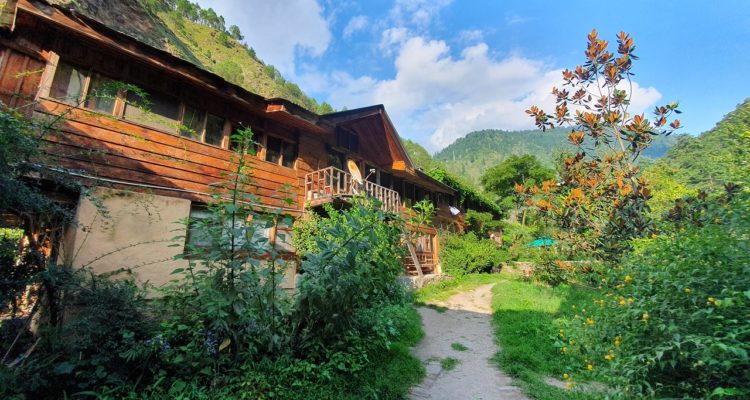
Leave a Reply